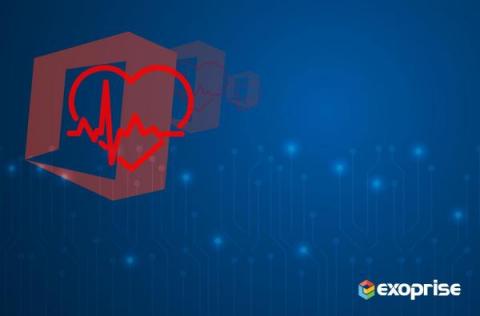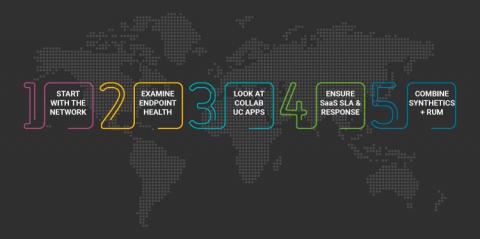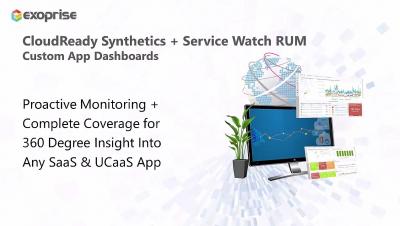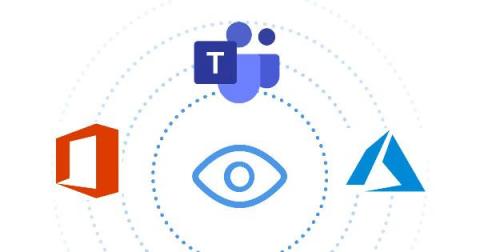Operations | Monitoring | ITSM | DevOps | Cloud
Office 365
Exoprise Service Watch Named Leading DEM Solution for Today's Cloud Powered Digital Workplace
Microsoft Outlook on the web Outage, June 6th, MO572252
Yesterday’s Microsoft 365 Suite-wide outages, led to continual faults for Outlook on the web on Tuesday, June 6th. When the outages pile up, it becomes difficult to tell when one starts and the other ends. The latest: Can’t access Outlook on the web and other Microsoft services and features The prior day incidents began with EX571516: Some users are unable to access Outlook on the web, and may experience issues with other Exchange Online services.
Microsoft 365 Outage on June 5th, EX571516, MO571683
On Monday morning, June 5th there was a wide scale outage for Microsoft 365. Interestingly, for this one, they first reported it with a barrage of duplicate health status emails (why, we have no idea) but the issue was much more widespread than that – it was affecting most Microsoft Office 365 services: The first incident was Incident EX571516: Some users are unable to access Outlook on the web, and may experience issues with other Exchange Online services.
5 Tips to Improve Employee Digital Experiences
Companies' reliance on technology grows daily. However, with Information Technology (IT), infrastructure complexities on the rise, overall system performance fluctuates. Any network, app, or service delay hinders individual and corporate performance. Identifying the source of these digital pain points resembles searching for a needle in a haystack. What follows are a handful of tips, so you sift through the hay faster, reduce outages, and improve employee digital experiences.
Troubleshooting Microsoft Teams
What's Missing in Free User Experience Monitoring Tools?
You get what you pay for is a common axiom, one that even applies to infrastructure management solutions. Cloud vendors bundle Digital Experience Management (DEM) solutions with their services, seemingly at no extra charge. But such products lack the capabilities needed to understand how enterprise computing resources function. As a result, corporations do not make needed adjustments and lose time, revenue and increase user frustration.
Synthetics and Service Watch Dashboards
Device Groups in Dashboards
The Watchful Eye: Microsoft Network Monitoring for Microsoft Teams, Office 365 & Azure
Do you ever feel like someone's watching you? Well, when it comes to your company's network, you should hope so! With so many people relying on Microsoft Teams, Office 365, and Azure to keep their businesses running smoothly, it's more important than ever to keep a watchful eye on your network. But who has the time to monitor everything 24/7?










